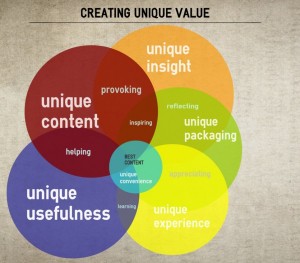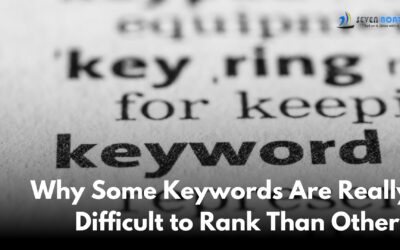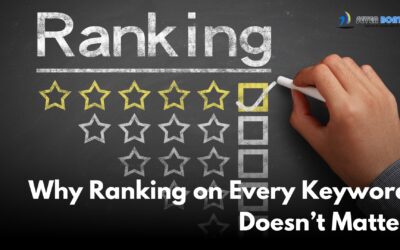As we have mentioned a number of times in this blog, there is far too much of content being published online every single minute. Serious online readers, not to mention casual surfers, will be hard-pressed for time and attention if they try to read or even glance through a minuscule 1% of the total volume of content published daily. In other words, you are facing stiff competition from not just your business competitors but also your own content! Online content publishers who have no content marketing strategy in place often end up competing against their own posts for space on SERPs.
The key to the way out is to ensure that you have a strategy that charts down how you are going to use the media channels available online. Before we give you the options on the table, we should remind you that there are primarily three kinds of media channels online: paid, owned and earned. By paid channels we refer to those platforms which will publish your content only against a fee. Most SEO units or brands with a limited budget do not avail these channels for obvious reasons. That leaves us with the two channels that we are going to talk about in detail here.
Owned Media Channels
Owned channels are those that are totally under your control. For example, your own website. Anything that you publish here will remain online for as long as you want. A blog post or an article published on an owned platform has no shelf life and can be pulled out and re-plugged as required. On the other hand, you never know how long your published content will be allowed to remain online on other media channels. The second plus to owned channels is that it gives you search engine advantage and brings online traffic to the website. All you have to do is make careful and judicious use of keywords. Thirdly, you can conduct effective brand building exercises with content published on owned channels.
Earned Media Channels
Let us now shift focus to earned media channels. These comprise of platforms that will allow you to publish content as guest posts with a byline. There are several advantages to this form of publishing as well. For example, you get a new set of online readers when you publish content on some other channel that is beyond your usual reach. The new audience that this new platform brings will work wonders to reach out your content to uninitiated readers and introduce your brand to them. The second advantage is that you can earn inbound links to your website or web page. It will get you premium SEO juice from the already established traffic base of the earned platform. Finally, because you are able to reach new audiences, brand building is more effectively done than it can be achieved through owned media channels.
Earned or Owned?
The question here is again what we asked in the title: which is your pick? As evident from the points mentioned in favor of both parties, it is clear that both these media channels have their own advantages. You need to pick your channel depending upon the objective that you have set out with. Say you want to focus on brand building with a series of blog posts and bring new customers into the fold. For such an initiative, earned media channels will pay more dividends. However, if you want to establish your authority or dominance over a particular set of keywords in your domain of business, you need to publish content with those keywords in the owned media channel. Remember that this is not an each-to-his-own situation. It is of what you want to achieve and not what you prefer.
The Final Word
Digital marketing experts advise that you should mix both these media channels for best results. To get keyword dominance and use content as a sales funnel, stick to owned media. And for brand building and public relations, use earned media. But, whatever you do, make sure you have the blueprint ready before you hit the battlefield.
So which media channel do you use for your content marketing? Chime in with your thoughts here!









0 Comments